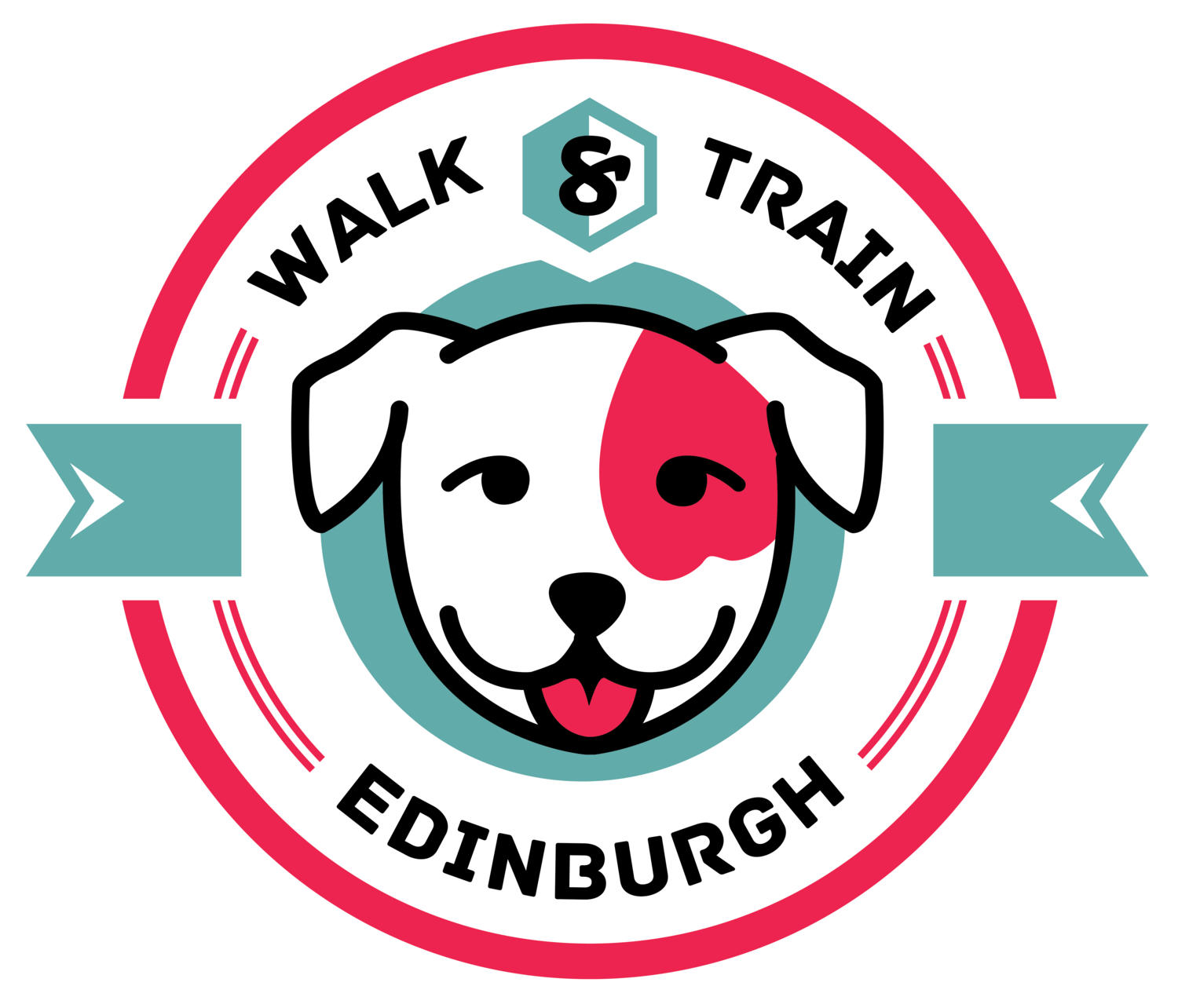The Nose I
The question I always wish I could ask the dog is “What do you smell?”
I love watching the day care dogs’ sniffing patterns when out in nature. By watching what height they smell, what areas they smell, how intensely they smell and how their body language changes gives us so much information. Even if our nose is nowhere near as good, our day care dogs’ behaviour can convey to us whether another dog has recently passed in the area, whether we are about to come across a person, where the closest deer are, or what paths the foxes prefer to take. It never stops to fascinate me!
Dogs’ sense of smell is so great that they can smell our emotional states, be trained to detect cancer and help police and military find drugs and explosives. Using nosework to add some extra mental stimulation can be a great way to help our dogs feel satisfied on a primal level. It is the activity I most often recommend to our dog owners, and one of my favourite things to do with my own dogs.
When we got Fausto in 2012, he was a very anxious guy who didn’t really know how to be a dog. If we put him on a long line he would just freeze up by our side and was clueless how to interact with his environment. To artificially teach him to do more dog behaviours, I started hiding food for him inside the house. I added a “Find It” cue to mark the start of the exercise. At the time, we stayed in a flat with a small communal garden. Fausto was not reliably taking food outdoors, but the predictability of “Find It” helped prompt him to start the search activity outside of his safe zone. For two weeks, we did a short searches for food in the garden every single day. After that, it was as if something became unlocked. He started to sniff around and explore his surroundings for the first time, even when no food was present. It helped him relax and made it easier for him to recover when he got stressed on walks.
Hiding or scattering food for your dog is an easy way to add something extra to their day to help them feel fulfilled. If you want to make it a bit harder, you can teach the dog to search for objects of different size, texture and material.
A few years later, I listened to this interview with JJ Belcher. It is a nice episode that covers some of the benefits of trying scentwork with your dog. At this point in time, Fausto was super speedy at finding food and toys that I had hidden. Adding an odour to search for was a great next step! The first scent we used was vanilla essence. We had bought it for baking so it was an easy and safe odour which we already had at home. I taught him to down when he found the scent as it was described in the podcast and we had a lot of fun with it! Having to think and move away from the smell of the food in my treat bag, and go search for a different scent at a distance was really challenging - and Fausto loved it! Since then, we have been hooked!
Next week, we will post another blog on the process we currently use to teach scentwork. For now, I hope this post has given you some ideas for fun nose games you can do with your dog!
Happy training!

